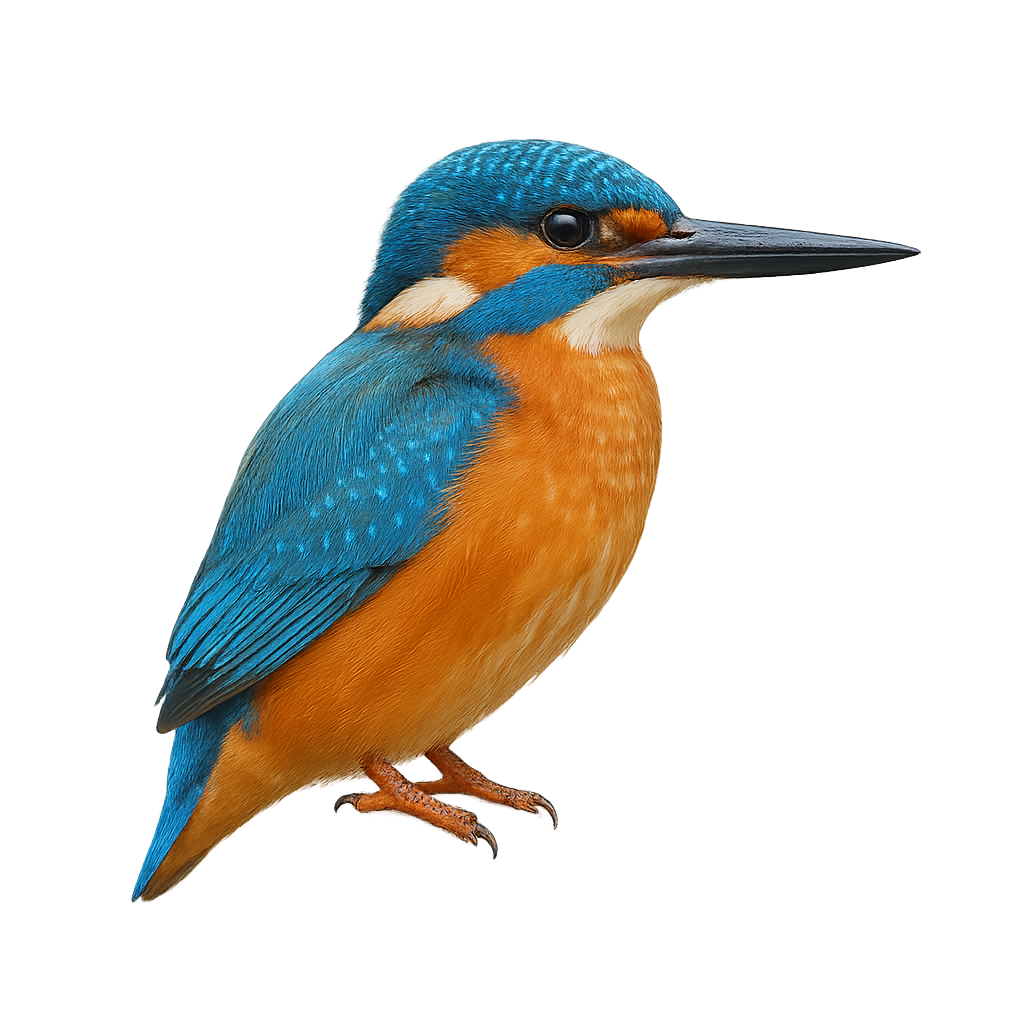Your wildlife photography guide.
Explore the european kingfisher in detail, study its behavior, prepare your shots.
Where to observe and photograph the european kingfisher in the wild
Learn where and when to spot the european kingfisher in the wild, how to identify the species based on distinctive features, and what natural environments it inhabits. The WildlifePhotographer app offers tailored photography tips that reflect the european kingfisher’s behavior, helping you capture better wildlife images. Explore the full species profile for key information including description, habitat, active periods, and approach techniques.
European Kingfisher
Scientific name: Alcedo atthis

IUCN Status: Least Concern
Family: ALCEDINIDAE
Group: Birds
Sensitivity to human approach: Suspicious
Minimum approach distance: 20 m
Courtship display: March to June
Incubation: 19-21 jours
Hatchings: April to July
Habitat:
Rivers, lakes, and wetlands
Activity period :
Primarily active during the day, with peak activity in the morning and late afternoon.
Identification and description:
The European Kingfisher is a small aquatic bird, easily recognized by its vivid plumage and bright colors. It measures about 17 to 19 cm in length and weighs between 30 and 40 g. Its back is a brilliant metallic blue, while its belly is a bright orange. Its bill is long, straight, and pointed, perfectly suited for catching fish and aquatic insects. This kingfisher primarily lives along rivers, lakes, and canals in Europe, where it perches on branches or rocks near the water. When hunting, it dives quickly in a headfirst plunge to capture its prey, often using its excellent vision to locate fish underwater. The European Kingfisher is a solitary bird, defending its territory by emitting a sharp call. While it is relatively common in many parts of Europe, it can be threatened by water pollution and habitat destruction.
Recommended lens:
400 mm – adjust based on distance, desired framing (portrait or habitat), and approach conditions.
Photography tips:
Approach slowly and discreetly, as the European Kingfisher is a very sensitive bird and can easily fly away if you get too close too quickly.
Photograph early in the morning or late in the day, when the light is softer and the bird is more active, especially when it is hunting for food near rivers or lakes.
Capture the diving moment: The Kingfisher is famous for its ability to dive quickly into the water to catch fish. Be ready to capture this spectacular moment.
Be patient: The Kingfisher often perches on branches or rocks near the water. Wait calmly for it to land or dive for a natural shot.
The European Kingfisher is a protected species, sensitive to disturbances at its nesting and feeding sites. Respect its space and do not disturb its natural habits. Follow local conservation rules to protect this fragile species, especially during the breeding season.
The WildlifePhotographer App is coming soon!
Be the first to explore the best nature spots, track rutting seasons, log your observations, and observe more wildlife.
Already 1 430 wildlife lovers subscribed worldwide

